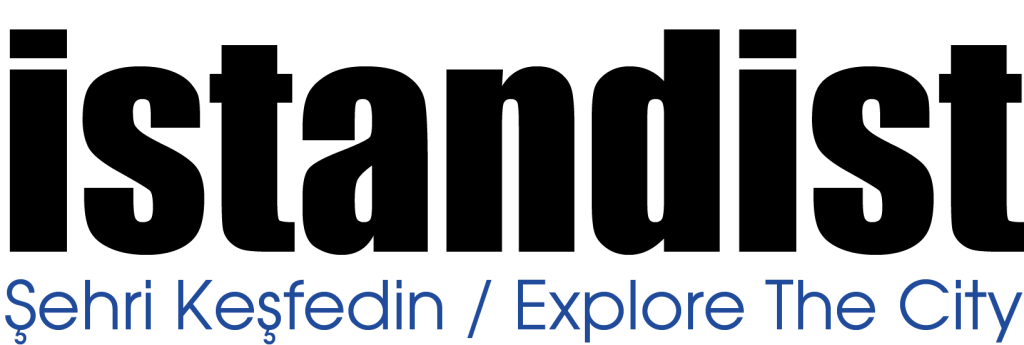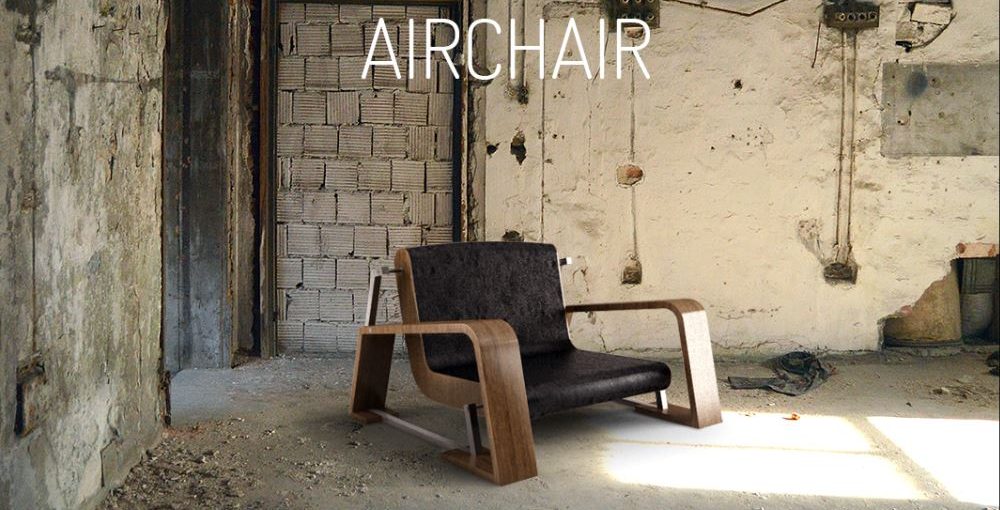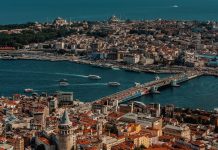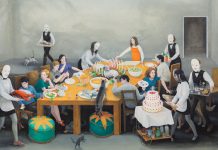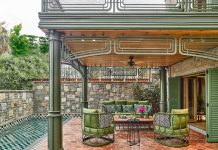“Design and technology walking hand-in-hand, is a simple proof of these two are blending with dreams. To dream the impossible means challenging technology for it to find solutions to this. And technology is constantly trying to find solutions to them. ”
Could you please tell us a little about yourself?
I was born in Istanbul in 1984. My path crossed with design at my very early ages. I had my first steps in designing around those years, like 1996-1997. I made several design works in various agencies and while working in an agency in 2001, I found myself in a project called “designing of bank ATM’s”. I began object designing with this project. And since 2007, I’m serving many people and corporate companies with the interdisciplinary design projects in my own designing agency, FOKUR.
I’m living in Bodrum. I have a designing office here and we are full time functioning in architecture, furniture, industrial designing and animation. I also give 3-dimension design lessons at the Faculty of Fine Arts in Bodrum as a lecturer.
We left Istanbul 2 years ago with no hesitation. Since the life we live in Bodrum is more qualified, the works we create here are resulting much better.
Almost everyone chooses the field they’re going to study at university for some specific reasons. What was it then that made you choose the department of industrial design? And have you ever regretted because of your choice?
Actually I was studying electronics in German while in lyceé and my aim was to study graphics at fine arts after that. And I had started working at different jobs even I was a lyceé student. I was the assistant to a photographer for 2 years. Then about a year in an agency and all that caused me to be kicked out of school. In short, I could neither study fine arts nor industrial design. But in years, I tried to educate and improve myself via methods out of the curriculum. Finally, I never regretted from my choices and indeed, chose my way with my mind at peace.
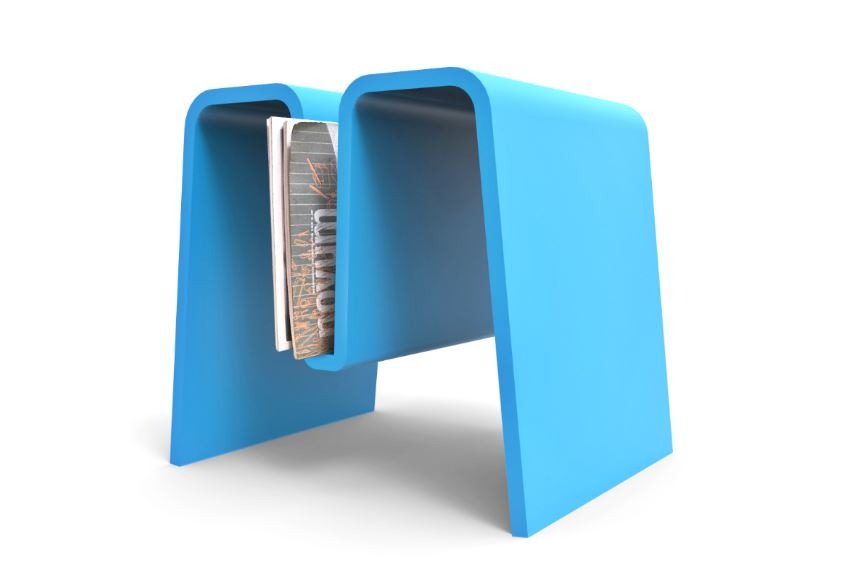
What is industrial designing? What is product designing? How shall a good design be?
I think, indüstrial designing is finding solutions. It contains functionality and aesthetic concerns. Production costs, sales fields, customer profile.. All are the basics of industrial designing. For instance, designing a vacuum cleaner or a lighting device again, over and over again causes this process to lead in a dynamic structure. Improving technology, new trends and the renovations in the customer profile are the elements leading all these products to be re-designed.
As an answer for the question, how shall a good design be, “it shall be GOOD” fits quite well and in fact funnily. A design’s evaluation according to whom and what is a very open-ended dilemma. Still, a good design has to be the appropriate design. If a design is able to find a solution to the existing problem and if it stands where it will make you to have it, then for me it is the appropriate/good design.
We are living in the technological era and almost everyday many things are changing in our lives. How do you think will this fast changing technology effect your field?
A nut cracker for instance. It has various different designs and each person’s favorite is different. Usage habits, the person to be comfortable when applying power, the best way to crack the nut, and etc are the parameters of this product. You will never meet a person saying, “I have to have the latest designed nut cracker.” On the other hand, a smart phone or a game console is preferred according to its performance elements rather than its design, which means design is a secondary criteria. In my opinion, the relation between performance vs design will be more differentiated in the near future. And technology stands right where these two coincides, just like intersecting areas. Even if the product does not contain technology in it, still it has a role in its production phase. As fast as technology develops, the borderlines of design industry will extend more and more.
The flying cars in the Jetsons, is a simple example for design and technology walk hand-in-hand and these two are blended with dreams. To dream the impossible means challenging technollgy for it to find solutions to this. And technology is constantly trying to find solutions to these.
Do you think the global crisis brings up the fact that we have to be content with the existing designs or the competition in designing increasingly continues?
The most solid example to this, I think, the “Second World War Economic Depression.” It caused industrial design to fully improve and for it to move to a more colorful and new aspects. It’s the time when plastics have increased and colors entering into our lives more. The economic crisis now or in the near future.. will for sure create the time and conditions for people falling into desperatins to find their solutions. It’s just the same as a woman designing the dishwasher or the windscreen wiper. If there is no problem, then there is no solution.
Do you have any special techniques, your secrets regarding designing? For instance, a secret signature on products you have designed.. What are you inspired from in your own designs?
I must have produced hundreds of different designs up to now. Each and every one of them has been unique regarding disciplines, prıduction and functionality; and therefore I can say that I do not have a special designing tecnique. The word “design” in English comes from its Latin roots, “Designare”. And designare means to point out. “To point out” this is what I am directly inspired from. Pointing out a utility, a visual theme or direcly a meaning.. They bought from abroad, a dining table I designed. It was actually an old solution which I interpreted newly and differently. I actually believe that every solution is a better method. And in regard to this fact, form follows function is dominant in my designs.

How do you think designers shall protect their designs where imitations are unfortunately so widespread?
When a design project is created or when someone asks for a design from you, first thing to be done is to look at the previous examples. But this is something I never do. In fact, when they say, “we want something similar to that”, I do not even examine that sample on purpose. When you bring limits to your reference points, then you start wandering around those ideas. Therefore in order to stay away from even an unconscious imitation, you have to analyze the problem well, understand the request correct and to fuse into the project fully. When you go into the core of the job, then you know for sure, how the outer layer shall be.
I don’t think I will have that many recommendations as to protaction because you cannot really protect. Patent is the most appropriate model and as many as you can apply for or own, it’s better.
When we examine developped countries, we see that they are at an advanced level in industrial design and patent. How do you see Turkey in comparison to world?
Turkey is still at the half of its way in giving credit and protecting the design. It’s very diffcult to protect the design without understanding it.
How do you observe the present and the future of industrial design in Turkey? Could you please tell us about the design trends of 2017?
We really have very successfull designers in Turkey, but they are flying away from their nest to foreign countries. Since the ground isn’t strong enough, the tree is uprooted even before it grows up unfortunately. And searches for a stronger and qualified grounds to root itself.
In my opinion, 2017 is a stable year, making no progress. I think the period between 2012-2013 was when big jumps occured. Right now, it’s a bit stuck, a bit hesitant about new forms, more like “let’s stick to selling designs” sort of time.
Do you have any recommendations for designers-to-be in especially designing education and vehicle designing?
I would like to say the same thing to all designers-to-be what I always say to my students and/or my teamworkers who are working with me to learn the job..
“A high-quality is design is the design in which the defects are shaved off as much as possible. If a painting you see every day, but hooked unevenly on the wall or a piece of garbage on the floor doen’t bother you, then it means you’re missing the defects. Catching the defects, seeing the mistakes have to be reflective actions. Then you can solve the mistakes in the design with the speed of light. Caution and analysis are the skeleton of design.”
I don’t think I have that many things to say about vehicle designing. However, if we do not have technology, vehicles won’t be more environmentalist, more economic or safer. I think this will be the first think I should say for this issue. They have to try aiming for designs which will be leading technology..
